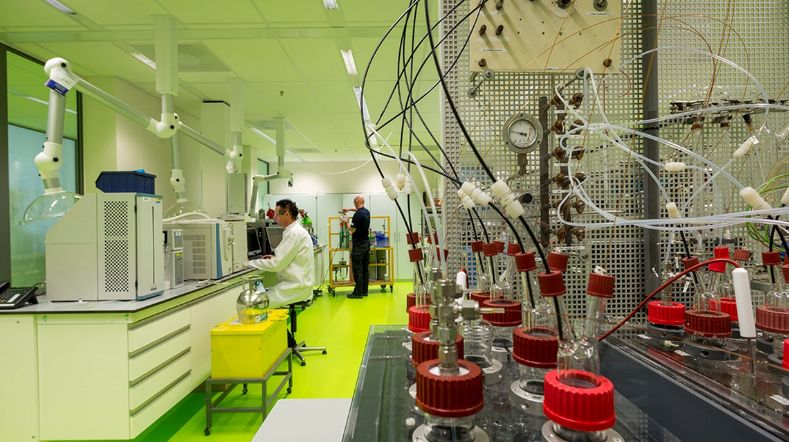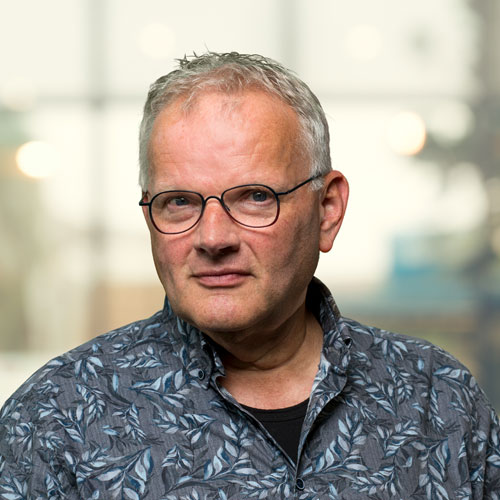
Time setters: Recycling of waste wood
At TNO, we make a mark on our time. In this series, you’ll meet the TNO employees behind the innovation – the time setters. What do they do exactly and what impact does their work have on society? In this episode, we talk to time setter Jan de Jong, Wood in Construction project leader, about how a CT scanner contributes to the recycling of waste wood.
A wood expert for over 40 years
Jan, tell us a bit about your career at TNO.
'I’ve been working at TNO for over 40 years, so I have to go way back! I’ve been working with wood from the beginning. First, I completed technical vocational training in wood working, then I started working at TNO in the biology lab, and later in the mechanics lab to study the strength of wood. I eventually became a wood consultant: from building damage and collapses to ‘regular’ consultancy work for companies and organisations. Timber construction has become popular again, as it’s a ‘bio-based’ material and so it scores well on sustainability. At TNO, we do a lot more with wood than you might think. We even have a forensic building expert.’
Wood is gaining popularity
In the video, we see a CT scanner and a robot. How does it work?
‘Wood is gaining popularity, because as a building material it’s much lighter than stone and concrete. For example, you can easily incorporate it into prefab houses. This project around the reuse of waste wood fits within TNO's ambition to build emission-free. We wanted to find a way to reintroduce waste wood into the market. Because you can reuse most of it, even the fibres. The greatest challenge? Metal in the wood, such as nails. They make a multi-million wood processing machine very unhappy, so the challenge was to remove metal in an automated way. But before you can remove the metal, you need to know where it is. A CT scanner like the ones in hospitals can locate the metal, and a robot then removes it. The scanner is now in Italy; the robot is being further developed at the Amsterdam University of Applied Sciences. We also work with partners throughout the chain: from waste processors to laminators who glue pressed wood together, and window casing manufacturers.'
Future of waste wood recycling
What’s planned for waste wood recycling in the coming years?
‘We’re currently making some window casings and doors from waste wood, as a test project. The ultimate objective is the broad use of a largely automated system that turns waste wood into wood you can actually sell. We aim to have 4 to 6 centres in the Netherlands processing waste wood, the first of which could start in just 2 years. So, it’s all progressing pretty quickly. Last year's high timber prices boosted this research. It’s still not the cheapest building material, but with sustainability in mind, wood is allowed to be a bit more expensive.’
Get inspired
Urban mining crucial: more critical and strategic materials from electronics and electrical devices
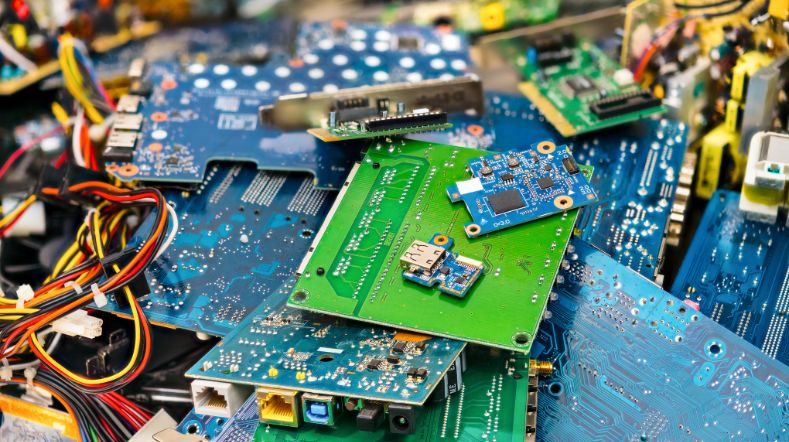

Industrial and conceptual construction
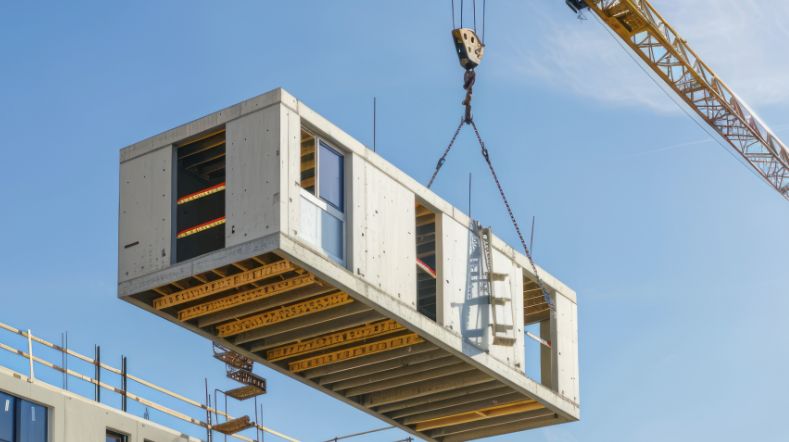

Prospective Life Cycle Assessments for future-proof product design


Netherlands Materials Observatory (NMO) officially opened
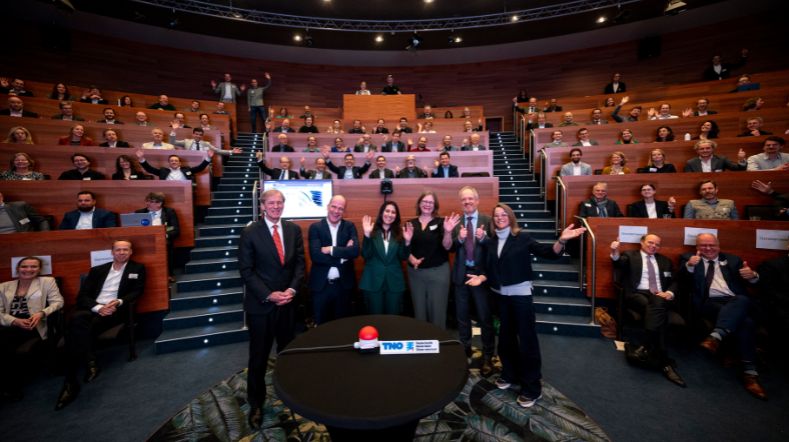

Recovering critical raw materials from LFP Batteries
